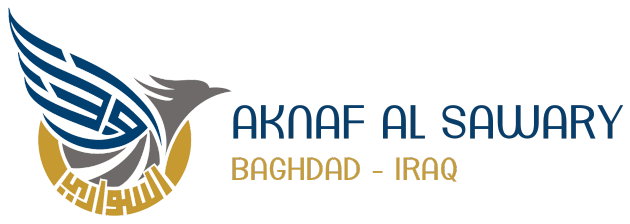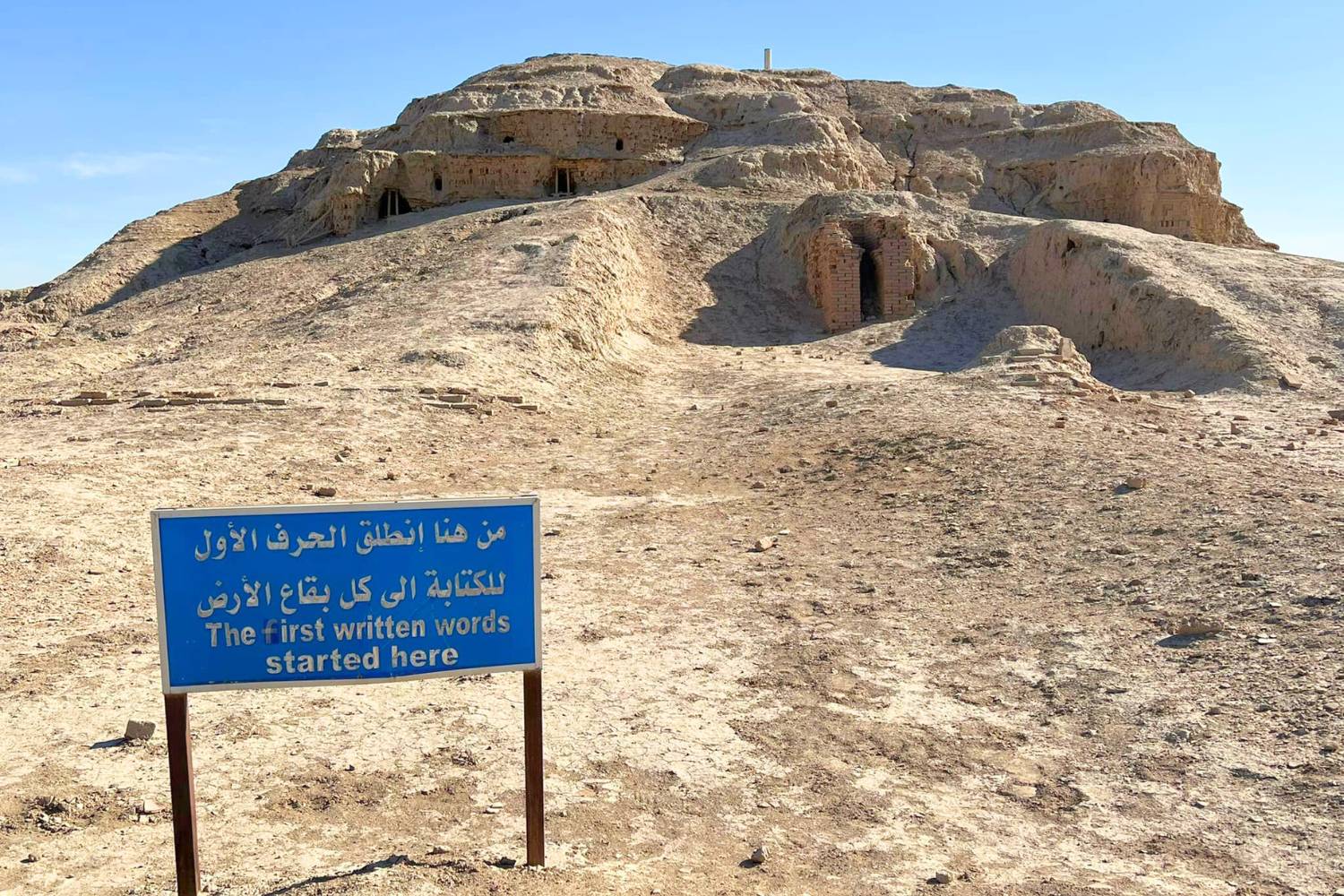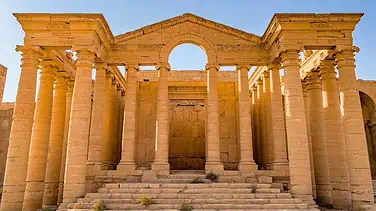Uruk, one of the most significant cities in ancient Mesopotamia, is often regarded as the first true city in human history. Located in modern-day southern Iraq, near the Euphrates River, Uruk played a crucial role in the development of urban civilization. Known for its impressive architecture, innovative writing system, and rich mythology, Uruk stands as a testament to the ingenuity and cultural achievements of the Sumerians.
Highlights
- Eanna District: A major religious and administrative center dedicated to the goddess Inanna.
- Anu Ziggurat and White Temple: A monumental religious structure dedicated to the sky god Anu.
- City Walls: Massive fortifications attributed to the legendary king Gilgamesh.
- Epic of Gilgamesh: One of the earliest works of literature, set in Uruk.
- Early Writing: The site where some of the earliest known cuneiform tablets were discovered.
Historical Timeline
- circa 4500 BC: Uruk is established as a small agricultural village.
- circa 3500 BC: The city grows into a major urban center, marking the beginning of the Uruk Period.
- circa 3200 BC: Development of cuneiform writing, the world’s first known writing system.
- circa 2900 BC: The city reaches its peak during the Early Dynastic Period, known for its monumental architecture.
- circa 2700 BC: The legendary king Gilgamesh is believed to have ruled Uruk.
- circa 2000 BC: Uruk becomes part of the Ur III Dynasty.
- circa 612 BC: The city is incorporated into the Neo-Babylonian Empire.
- circa 331 BC: Alexander the Great captures Uruk, integrating it into his empire.
- circa 1st century AD: Uruk declines as trade routes change and other cities rise in prominence.
- 19th-20th centuries AD: Archaeological excavations reveal the city’s historical significance.
Inhabitants and Rulers
Uruk was primarily inhabited by the Sumerians, who are credited with many firsts in human civilization, including writing, urbanization, and monumental architecture. Key figures associated with Uruk include:
- Enmerkar: A legendary king who is said to have founded the city.
- Gilgamesh: The most famous king of Uruk, whose exploits are detailed in the “Epic of Gilgamesh.”
- Lugalzagesi: A ruler who united several Sumerian city-states.
Architectural and Cultural Sights
1. Eanna District
Why Important: The Eanna District was the religious and administrative heart of Uruk, dedicated to the goddess Inanna. It includes several temples and administrative buildings, highlighting the city’s religious and political significance.
2. Anu Ziggurat and White Temple
Why Important: This monumental ziggurat, topped by the White Temple, was dedicated to the sky god Anu. It represents one of the earliest examples of monumental religious architecture in Mesopotamia.
3. City Walls
Why Important: The massive walls of Uruk, often attributed to King Gilgamesh, showcase the city’s military and architectural prowess. These walls symbolize the protection and strength of Uruk.
4. Early Writing Tablets
Why Important: Uruk is where some of the earliest known cuneiform tablets were discovered, marking the advent of writing. These tablets provide valuable insights into early administrative practices, literature, and daily life.
5. Epic of Gilgamesh
Why Important: The “Epic of Gilgamesh,” one of the earliest works of literature, is set in Uruk and reflects the city’s cultural and literary achievements. It tells the story of Gilgamesh’s quests and his reflections on mortality and friendship.
Geographic Importance
Uruk’s location near the Euphrates River provided significant advantages for trade, agriculture, and transportation. The river’s irrigation supported extensive agricultural production, while its position as a trade hub facilitated interactions with other Mesopotamian cities and distant regions. This strategic location contributed to Uruk’s economic prosperity and cultural exchange.
Conclusion
Uruk, with its profound historical and cultural significance, remains a cornerstone in the study of ancient Mesopotamian civilization. From the grandeur of the Eanna District to the innovative cuneiform writing system, Uruk offers a fascinating glimpse into the achievements of one of humanity’s earliest urban centers. Exploring Uruk provides a deeper understanding of the origins of urban life, religious practices, and architectural advancements. Whether you are a history enthusiast or a curious traveler, the ancient city of Uruk offers a captivating journey into the past.
Keywords: Ancient city of Uruk, Sumerian civilization, Eanna District, Anu Ziggurat, White Temple, Gilgamesh, cuneiform writing, Mesopotamian history, Uruk artifacts, Sumerian kings, Uruk geography, early urban planning, Uruk archaeological sites, Iraq historical sites, origins of urban civilization, Uruk religious significance.



